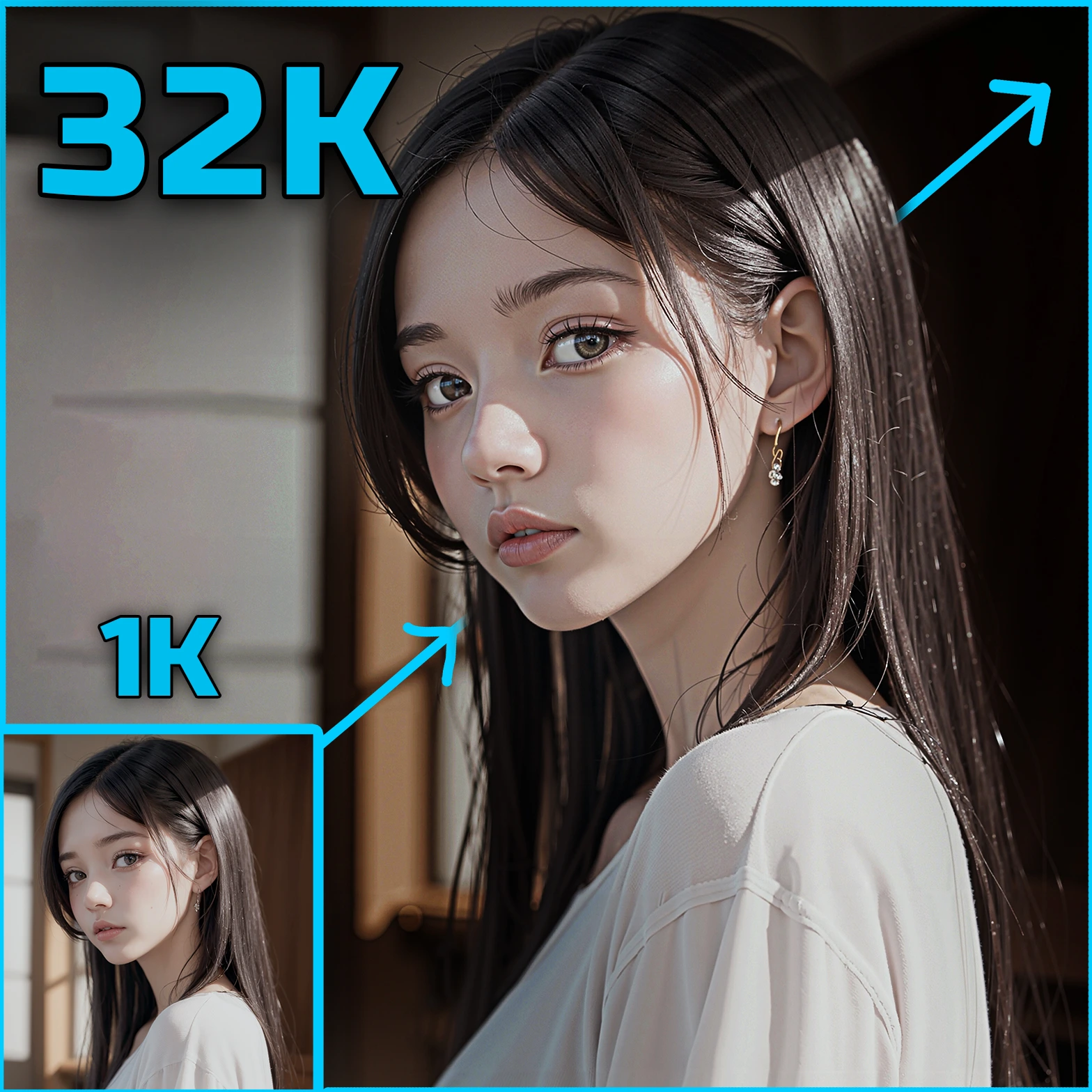ComfyUI Node: Mask Image Filter
Mask Image Filter
Categoryimage_filter
chrisgoringe (Account age: 4350days) Extension
Image Filter Latest Updated
2025-04-01 Github Stars
0.04K
How to Install Image Filter
Install this extension via the ComfyUI Manager by searching for Image Filter- 1. Click the Manager button in the main menu
- 2. Select Custom Nodes Manager button
- 3. Enter Image Filter in the search bar
Visit ComfyUI Online for ready-to-use ComfyUI environment
- Free trial available
- 16GB VRAM to 80GB VRAM GPU machines
- 400+ preloaded models/nodes
- Freedom to upload custom models/nodes
- 200+ ready-to-run workflows
- 100% private workspace with up to 200GB storage
- Dedicated Support
Mask Image Filter Description
Enhance image processing by isolating specific areas with precise mask application for flexible manipulation.
Mask Image Filter:
The Mask Image Filter node is designed to enhance your image processing workflow by allowing you to apply a mask to an image, effectively isolating or highlighting specific areas of interest. This node is particularly useful in scenarios where you need to focus on certain parts of an image while ignoring others, such as in image editing, compositing, or analysis tasks. By providing a mechanism to pause the workflow and make decisions about which images to process further, the Mask Image Filter offers a flexible and interactive approach to image manipulation. It ensures that you have control over the masking process, allowing for precise adjustments and optimizations tailored to your specific needs.
Mask Image Filter Input Parameters:
image
The image parameter is the primary input for the Mask Image Filter node, representing the image you wish to process. This parameter is crucial as it serves as the base upon which the mask will be applied. The image should be in a compatible format that the node can process, typically a standard image file. The quality and resolution of the input image can significantly impact the effectiveness of the masking process, so it is advisable to use high-quality images for optimal results.
timeout
The timeout parameter specifies the maximum amount of time, in seconds, that the node will wait for the masking process to complete. This parameter is important for managing the node's execution time, especially in workflows where time constraints are a concern. The default value is 600 seconds, but you can adjust it based on the complexity of the image and the expected processing time. Setting an appropriate timeout ensures that the node does not hang indefinitely, allowing for smoother workflow execution.
if_no_mask
The if_no_mask parameter determines the action to take if no mask is generated during the process. It offers two options: "cancel" and "send blank." Choosing "cancel" will interrupt the processing if no mask is created, which is useful when a mask is essential for the subsequent steps in your workflow. On the other hand, selecting "send blank" will continue the process by sending a blank mask, which can be beneficial in scenarios where you want to maintain the workflow's continuity even without a mask.
Mask Image Filter Output Parameters:
image
The image output parameter provides the processed image after the mask has been applied. This output is crucial as it represents the final result of the masking operation, allowing you to see the areas of the image that have been isolated or highlighted. The processed image can be used in further steps of your workflow, enabling you to build upon the masked areas for additional editing or analysis.
mask
The mask output parameter delivers the mask that was applied to the input image. This output is important for understanding which parts of the image were affected by the masking process. The mask can be used for further refinement or as a reference for additional image processing tasks. It provides a visual representation of the areas that were isolated, helping you to verify the accuracy and effectiveness of the masking operation.
Mask Image Filter Usage Tips:
- Ensure that the input image is of high quality and resolution to achieve the best results with the masking process.
- Adjust the
timeoutparameter based on the complexity of the image and the expected processing time to prevent the node from hanging indefinitely. - Use the
if_no_maskparameter to control the workflow's behavior when no mask is generated, choosing "cancel" for critical masking operations or "send blank" for continuity.
Mask Image Filter Common Errors and Solutions:
FileNotFoundError
- Explanation: This error occurs when the node attempts to load an image file that does not exist in the specified directory.
- Solution: Ensure that the image file paths are correct and that the files are accessible in the expected directory. Verify that the filenames are accurate and that there are no typos or missing files.
InterruptProcessingException
- Explanation: This exception is raised when the
if_no_maskparameter is set to "cancel" and no mask is generated during the process. - Solution: If a mask is essential, review the input image and parameters to ensure that a mask can be generated. Alternatively, set the
if_no_maskparameter to "send blank" if you wish to continue the workflow without a mask.
Mask Image Filter Related Nodes
RunComfy is the premier ComfyUI platform, offering ComfyUI online environment and services, along with ComfyUI workflows featuring stunning visuals. RunComfy also provides AI Playground, enabling artists to harness the latest AI tools to create incredible art.

